Sweet Gum for Firewood?
BlueMntn
21 years ago
Related Stories
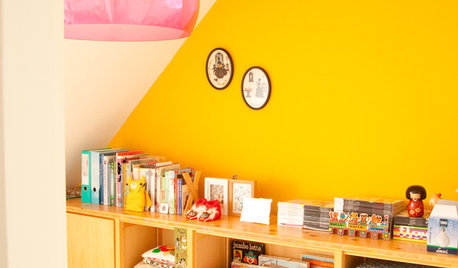
BOLD COLORPoppin' Color Palettes Reminiscent of Bubblicious Gum
13 Rooms Take Color Cues from Bubble Gum Flavors
Full Story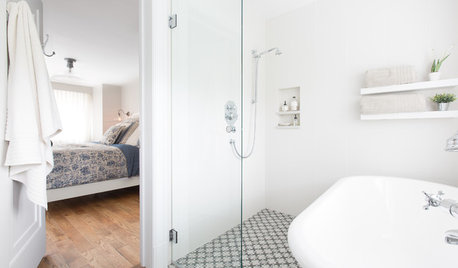
BATHROOM DESIGNSweet Retreats: The Latest Looks for the Bath
You asked for it; you got it: Here’s how designers are incorporating the latest looks into smaller master-bath designs
Full Story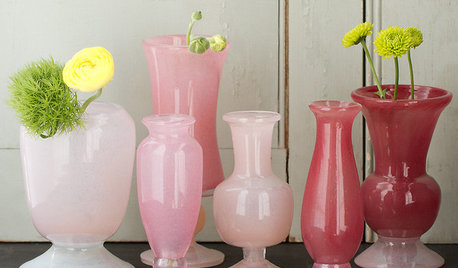
PRODUCT PICKSGuest Picks: Sophisticated Shades of Pink for Summer
No need to get stuck with bubble gum. These posh pink home accessories have a more grown-up flavor
Full Story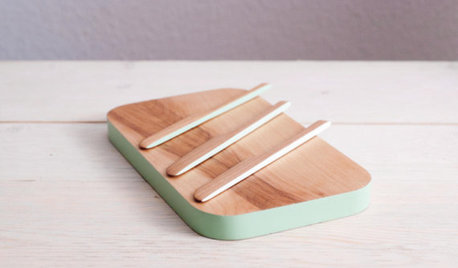
PRODUCT PICKSGuest Picks: Soothing, Refreshing Mint
Minty fresh flavor isn't just great for gum, ice cream and toothpaste. Let this cool color infuse your decor too
Full Story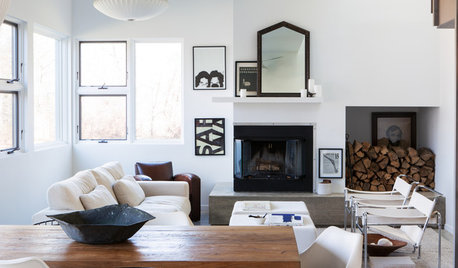
DECORATING GUIDES11 Smart Decorating Ideas for Wall Niches
Don’t let an unusual wall space get you down. Fight back with shelves, plants, firewood, bright colors and more
Full Story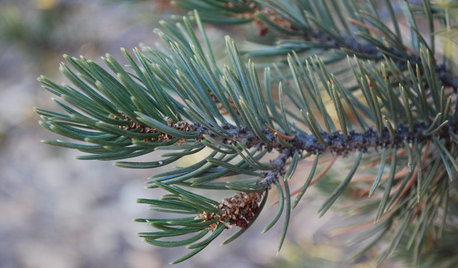
TREESGreat Design Plant: Pinyon Pine
You might just go nuts for this tough evergreen native to the Western U.S.
Full Story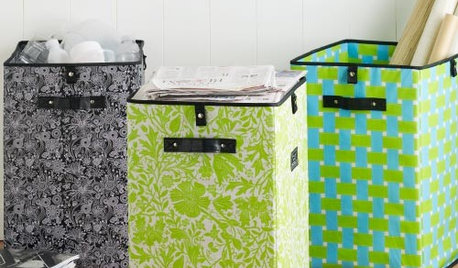
PRODUCT PICKSGuest Picks: Trash Talkin’
With wastebaskets as attractive as these, you may want to let them out of the corner
Full Story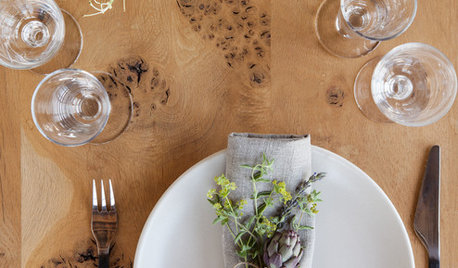
DECORATING GUIDESDecorating With Nature in Fall and Winter
Bringing the beauty of the changing seasons inside is easy and inexpensive. Here are 16 ideas to get you started
Full Story
HOUZZ TOURSHouzz Tour: Dream Home in Toronto
Light and Color Warm a Casually Elegant Family Home
Full Story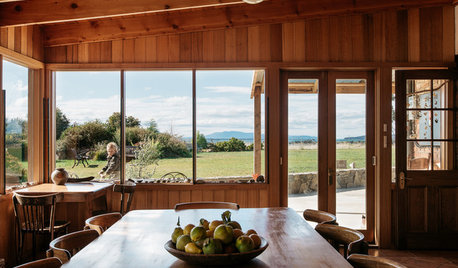
HOMES AROUND THE WORLDThe Great Escape: Family Rebuilds After a Devastating Wildfire
Tim and Tammy Holmes survived the 2013 Tasmanian bushfires but lost their home. See how they’ve started over
Full Story





Marie_TX
lucky_p
Related Professionals
Saint Louis Park Landscape Architects & Landscape Designers · Walnut Landscape Architects & Landscape Designers · Westwood Landscape Contractors · Arlington Landscape Contractors · Broomfield Landscape Contractors · Cockeysville Landscape Contractors · Goodlettsville Landscape Contractors · Maywood Landscape Contractors · Rosemount Landscape Contractors · San Bruno Landscape Contractors · Suitland Landscape Contractors · Suisun City Landscape Contractors · Clearfield Landscape Contractors · Black Forest Siding & Exteriors · Worcester Siding & ExteriorsKathy Johnson
gtmykolls_2farmconnect_net